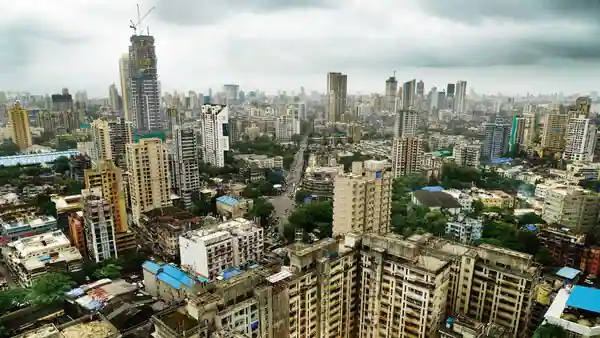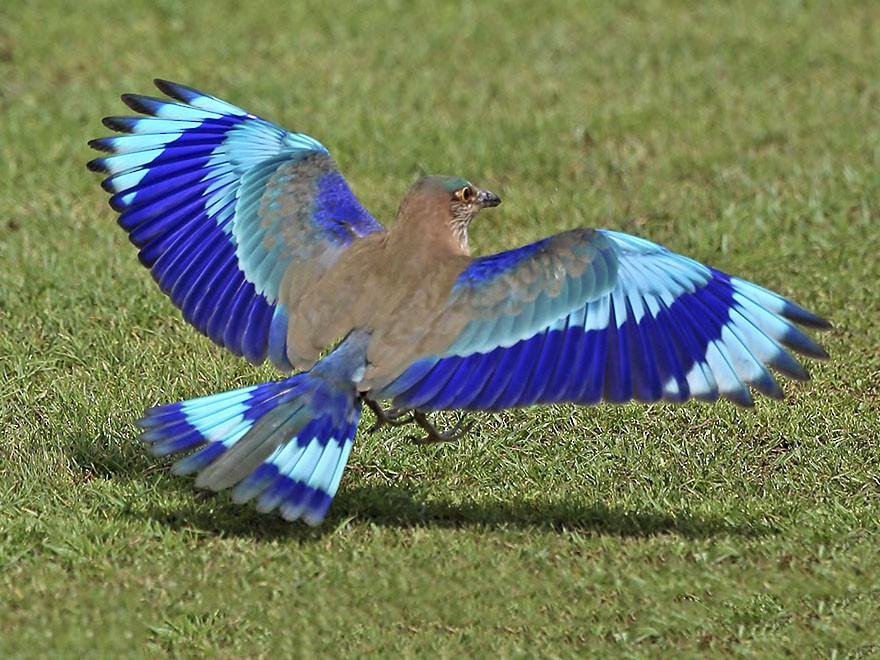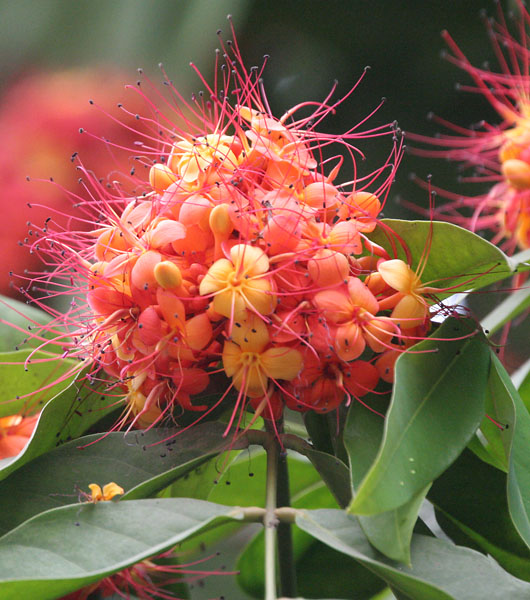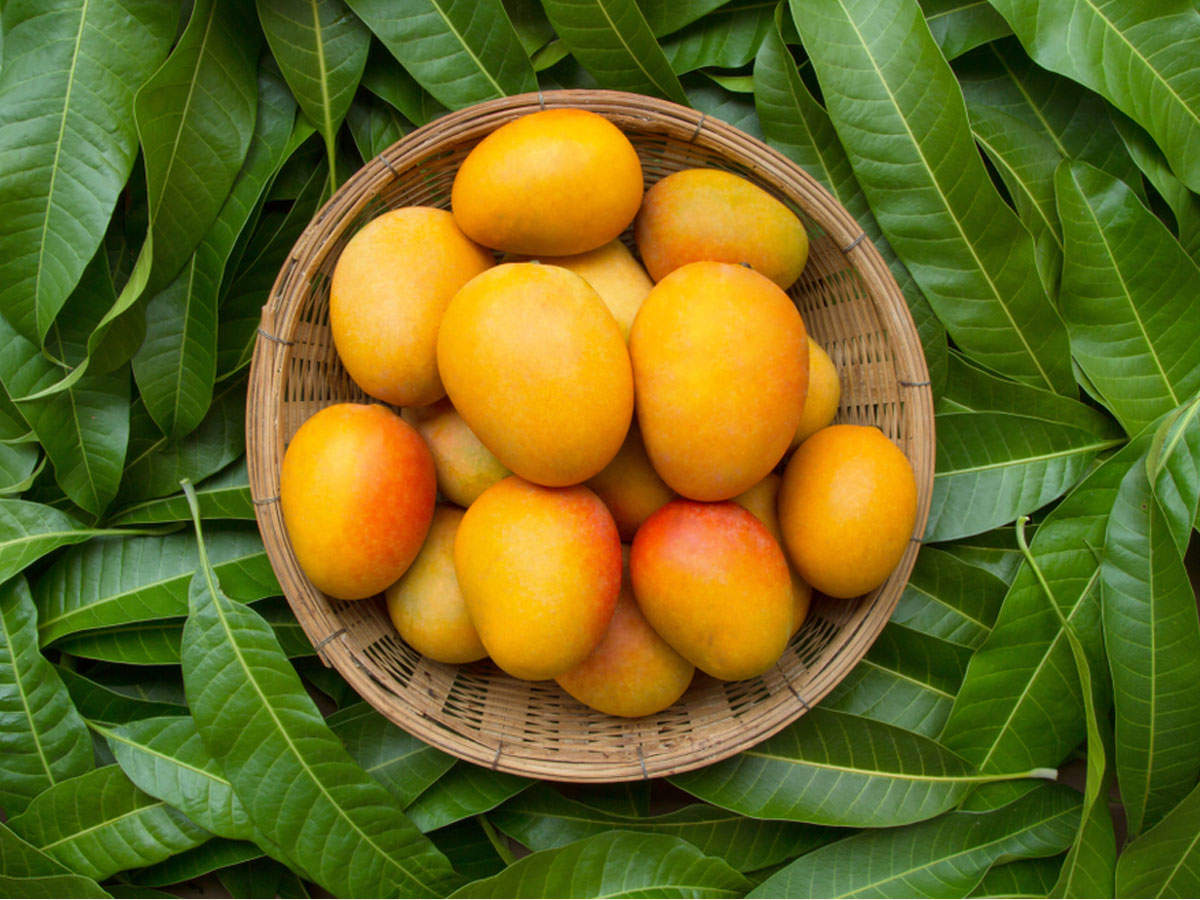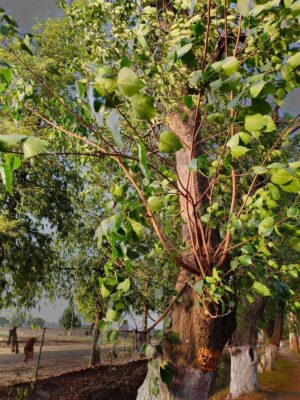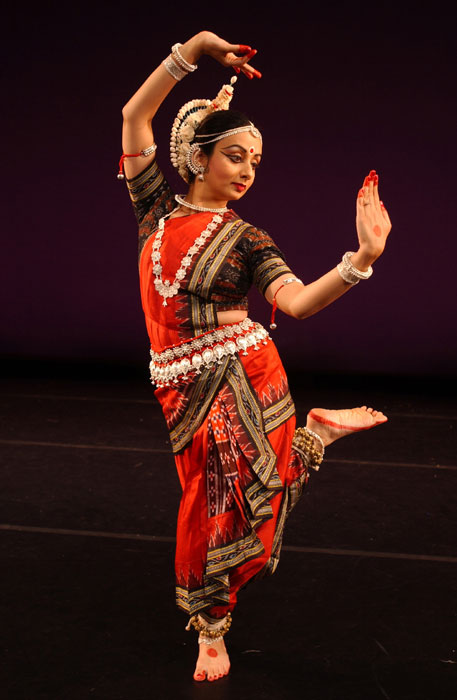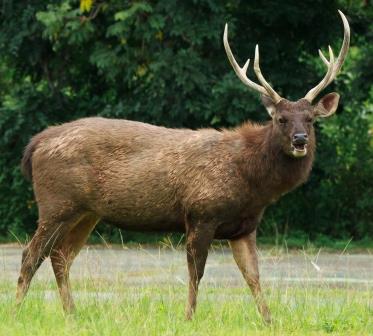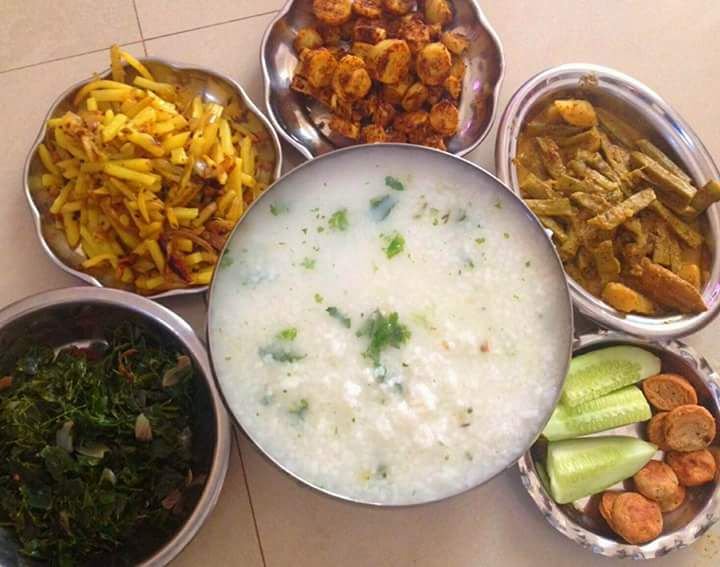State Symbols of Odisha
Last updated on January 22nd, 2023 by Editorial Staff
By | Updated on January 22, 2023
Reviewed by Rittika
Odisha, often known as the ‘Land of God,’ is one of India’s eastern region states that draws several tourists. There is plenty to witness in this beautiful state, from temples to beaches and architectural masterpieces to delectable local cuisines. When you think of prominent tourist destinations in Odisha, the sculpted chariot-shaped Hindu temple (Konark Sun Temple) or an old cave with ornate sculptures and paintings (Udayagiri and Khandagiri Caves) come to mind. The area has a rich history in addition to stunning settings and sites.
Odisha is the eighth-largest state by area and the eleventh-largest by population in India. The state is home to India’s third-largest number of Scheduled Tribes.
The state capital is Bhubaneshwar, and Cuttack, Berhampur, Sambalpur, and Rourkela are among the cities and municipalities of Odisha. Cuttack, Rourkela, Berhampur, and Sambalpur are the other significant cities.
Naveen Patnaik (born October 16, 1946) is the current Chief Minister of Odisha and the 14th in the state’s history. He is the head of the Biju Janata Dal and a writer who has written three books.
History
Odisha’s current name is derived from Odra, Udra, and Odraka. Kalinga and Odra are first mentioned in the Mahabharata. In addition, accounts of Kalinga and Utkala exist in Jaina and Buddhist literature, representing the history of ancient Odisha. Legal books such as the Smritis of Manu, Narada, Brhaspati, Katyayana, Yajnavalkya, and Kamandaka, among the literary works, have shaped the political systems Odisha.
Foreign accounts also provide a good account of ancient Kalinga wisdom. The Kalinga War, which occurred in 261 B.C., is regarded as a pivotal event in Odishan history. It is here that Orissa’s dating history begins. The Kalinga War that happened eight years after Ashoka’s coronation in 261 BC was a watershed moment in his illustrious career.
Asoka experienced deep feelings of guilt as a result of the Kalinga War. It brought him inexorably closer to Buddhism. Asoka’s metamorphosis aided in the propagation of Buddhism. Within a decade of his conversion, Buddhism, confined to the center of the Gangetic Valley during the Pre-Asokan period, had become an all-India religion. As a result, the Kalinga war was a watershed moment in ancient Odisha history. It left some indelible imprints.
The British takeover of Odisha in 1803 ushered in a new era in the state’s history. However, Odisha has been under alien domination for a long time before that. Under British rule, Odisha was divided into three administrative entities. Cuttack was part of the Bengal Presidency, whereas Ganjam and Koraput were part of the Madras Presidency, and Sambalpur was part of the Central Provinces.
Harekrushna Mahatab took the oath to create a Congress ministry many years later, on May 27, 1947. At that time, Cuttack was the capital of the city. In 1946, it was determined that Bhubaneswar would take the role of Cuttack as the state’s political capital.
Cultural Life
Odisha is a dynamic state in India with gorgeous architecture, history, dialects, vibrant art music, and dance styles. The elegance and grandeur of Odisha’s architecture may be seen in the temples left behind by the Aryans. Some of their lists as the best in the country.
The Lingaraja Temple in Bhubaneswar (11th century), Jagannath Temple in Puri (12th century), and the enormous Sun Temple in Konark are the most important (13th century). Pattachitra (Cloth Painting), Rock Paintings, Sand Art, Silver Filigree, Appliqué Work, and Brass and Dhokra Works are just a few forms of visual art, and craft great state has to offer.
The literature is primarily written in Odia. Also, numerous Hindu epics such as the Ramayana and Mahabharata are rendered and mastered by the people of Odisha. Odisha’s dance traditions are among the most well-known in the country, with numerous dance festivals held throughout the year. They usually come from the indigenous community and have carried them along over the years. People of Odisha share a peaceful relationship with minorities, with Hinduism being practiced by 95% of the population and over 62 tribal communities living on the same land.
Odisha’s cultural richness is impressive. Rice is also a favorite food of Odias. It’s a must-have in this town. Odia food is not greasy, yet it packs a powerful punch of flavor. Rice, dal/Dalma (a moderately nutritious dal cooked with veggies), a vegetable dish or two, something fried, and a fish/meat curry make up a typical Odia dinner.
Places to Visit in Odisha
Andhra Pradesh, Chhattisgarh, and West Bengal surround this Eastern Indian state. Odisha is also well-connected to the rest of India. Foreigners and Indian tourists alike are lured to Odisha’s tourist attractions. Are you curious as to why? On the other hand, Odisha invites visitors to experience the best experiential tourism.
Some popular places which you can visit are:
Golden Beach in Puri: Puri’s Golden Beach is one of the greatest tourist destinations in Odisha for various reasons. To begin with, golden Beach sand has a wonderful golden color. Second, there are alert lifeguards on hand to assist with the rescue. Finally, there are beach shacks with delectable seafood. In addition, there is a Lighthouse that is only open from 4 to 6 p.m.
Bhubaneshwar: Bhubaneswar, the state capital of Odisha, is a renowned tourist destination with a variety of attractions. The city is a synthesis of the ancient and modern worlds. While caverns and forts may be explored, some of the city’s most beautiful parks with contemporary facilities can also be found here. Wildlife sanctuaries and artwork are among the other attractions. A visit to a temple while in town is a must.
Konark: Konark is one of three prominent tourist destinations in Odisha’s Golden Triangle. About 61 kilometers from Bhubaneshwar, Konark is known for its 13th-century Sun Temple, which is devoted to the Sun God. As a result, the Sun Temple has been designated a UNESCO World Heritage Site. Visitors to this holy seaside hamlet will be rewarded with spectacular dawn over the beach.
Puri: Puri is one of India’s most popular tourist sites, especially among those from the east. It is known as the Jagannath temple. People sunbathe on the beach in this city after completing a temple tour. There are numerous hotels and resorts in the city where you may stay for a few nights and unwind.
Cuttack: A trip to Cuttack will transport you back in time. There are many things to explore in Cuttack, including ancient pilgrim destinations, animal sanctuaries, and forts. You can also go shopping for goods made in the area.
Dhauli: The Kalinga war is said to have occurred in the Dhauli highlands. The site is not far from Bhubaneswar. One of the primary attractions in this region is the Shanti Stupa. Among the other attractions are the CIFA Aquarium, Dhabaleswar, and others. There is no favorable time to visit because this destination may be visited at any time of year.
State Information
| Official Language | Odia |
| State Rank | 8 |
| Demonym(s) | Odia |
| Nickname | Temple City of India |
| ISO | IN-OR |
| Formation Date | 1 April 1936 |
| Coordinates | Lat: 20.9517° N, Long: 85.0985° E |
| Area |
State seal
Motto of Odisha
Satyameva Jayate- "Truth alone triumphs"
State symbols of Odisha 👇
-
State capitalBhubaneswar
-
State birdIndian Roller
-
State flowerAshoka
-
State fruitMango
-
State treeSacred fig
-
State danceOdissi
-
State vegetablePotato
-
State animalSambar deer
-
State dishPakhala Bhata (unofficial)

